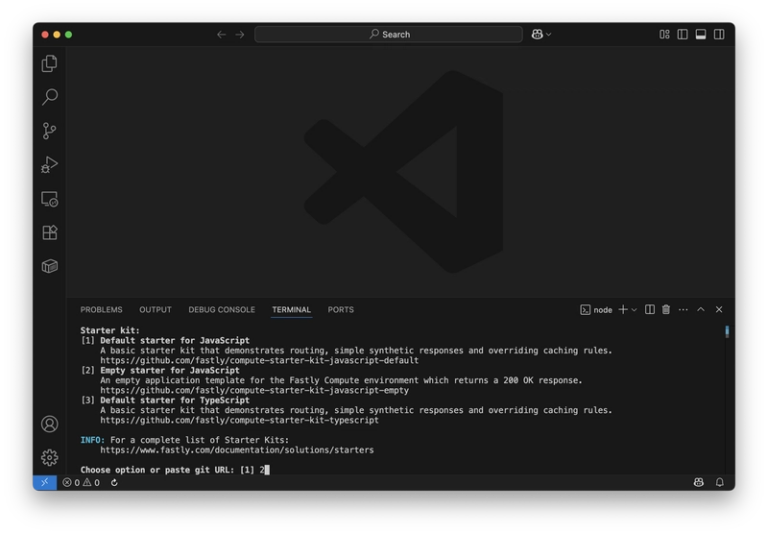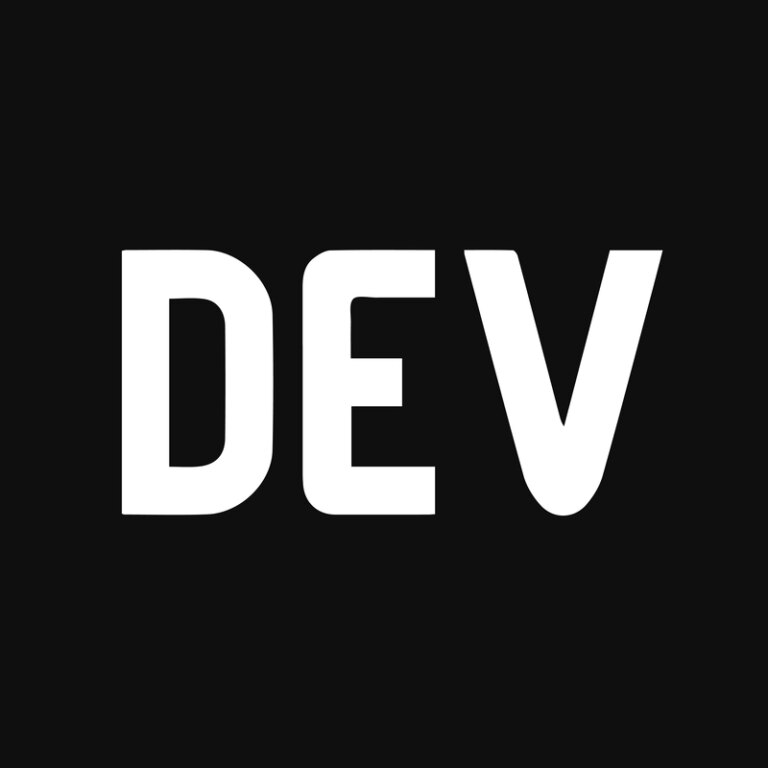Making Sense of Cloud Costs with the FOCUS Framework
Why the FOCUS Framework Matters in Real-World FinOps
When you’ve worked with cloud bills for long enough, a few truths become obvious.
-
Every cloud provider structures data differently
-
Normalizing cost and usage data across teams is a pain
-
Building dashboards is easy — making them reliable and actionable is not
That’s where the FOCUS Framework steps in.
What Is the FOCUS Framework?
FOCUS stands for FinOps Open Cost and Usage Specification. It’s a standard schema for representing cloud cost and usage data — regardless of provider.
Think of it as a common language for cloud billing data, whether you’re using AWS, Azure, GCP, or all three. It’s open, extensible, and vendor-neutral — built by practitioners through the FinOps Foundation.
Why It Matters?
Cloud cost optimization often breaks down not because of tools, but because of inconsistent data.
Here’s what usually happens in practice:
- Finance gets raw billing data in different formats
- Engineering builds cost dashboards off inconsistent or incomplete tagging
- Leadership wants a clean view of business unit or product-level cost
- Everyone spends hours aligning spreadsheets — not solving the real issue
With FOCUS, you start from a standardized foundation — meaning:
- One data structure to query across clouds
- Simplified onboarding of new business units or teams
- Easier integration with BI tools, cost platforms, or internal reporting systems
Use Cases
-
Multi-Cloud Reporting
If your org is using more than one cloud provider, you’ve probably written glue code to make their billing data look “sort of” the same. With FOCUS, you define one schema and load every provider’s data into it. Reporting becomes provider-agnostic. -
Business Unit Showback
Finance teams need to allocate cloud spend by department, project, or BU. If tagging or account hierarchies vary across cloud providers, FOCUS helps normalize the key dimensions — so you can reliably report and drive accountability. -
Benchmarking and KPIs
Want to track cost per environment (dev/test/prod) or cost per user? FOCUS provides standard dimensions like environment, resource_type, and product_family — making it easier to define and compare key metrics over time. -
Feeding FinOps Tools or Internal Platforms
Whether you’re using a commercial FinOps platform or an in-house data warehouse, FOCUS can serve as the source of truth. Many vendors are already adopting it as a supported input format — making future integrations easier.
Getting Started
Adopting FOCUS doesn’t mean throwing out everything you have.
Most teams start by:
- Mapping their existing cost data (e.g., CUR, Azure Usage, GCP Billing Export) to FOCUS
- Building a transformation layer (ETL or dbt, for example) to load it into a FOCUS-compliant model
- Validating key metrics (e.g., total spend, daily cost by project) to ensure parity
- Slowly moving downstream dashboards and reports to use the FOCUS model
If you’re using BigQuery, Snowflake, or Redshift — this is very doable with the open schema and transformation templates the community provides.
Final Thoughts
FOCUS isn’t a silver bullet. It won’t tag your resources or fix broken cost allocations on its own. But it does give your team a clean, consistent foundation — and that’s something most FinOps programs are sorely missing.
As cloud adoption grows and multi-cloud becomes the norm, standards like FOCUS are how we keep FinOps practices scalable and measurable.
If you’re serious about moving beyond cloud cost monitoring to true cloud accountability, FOCUS is worth looking into.


